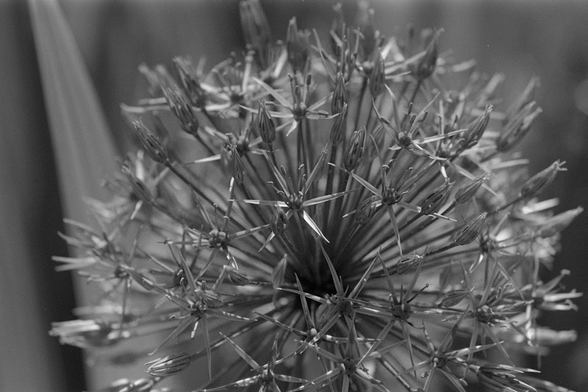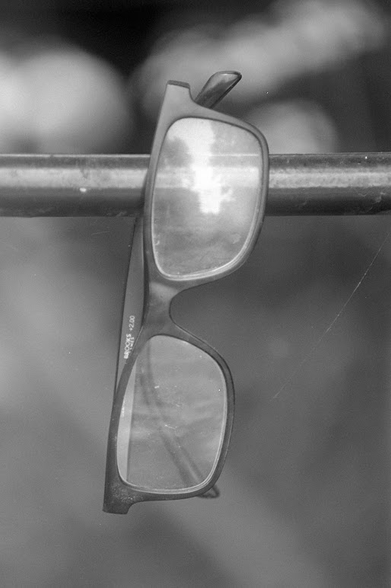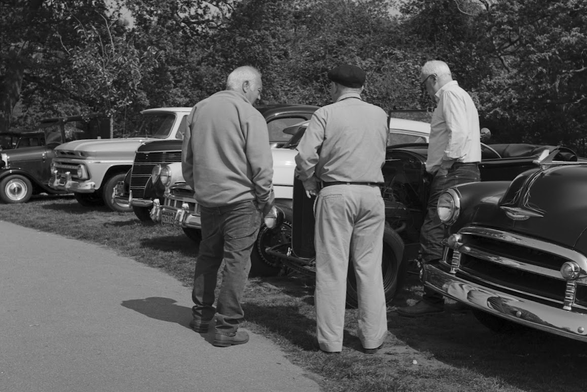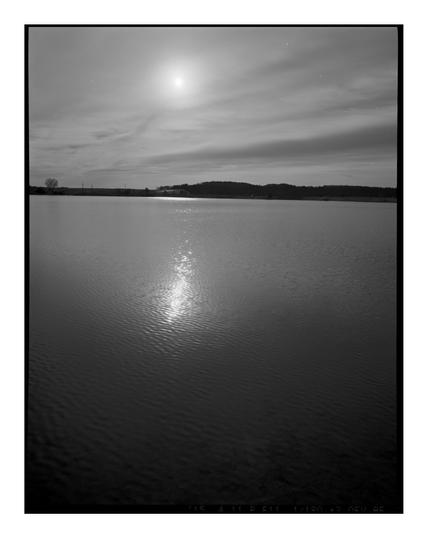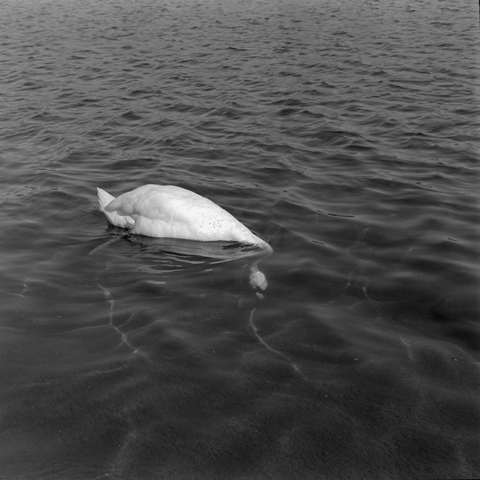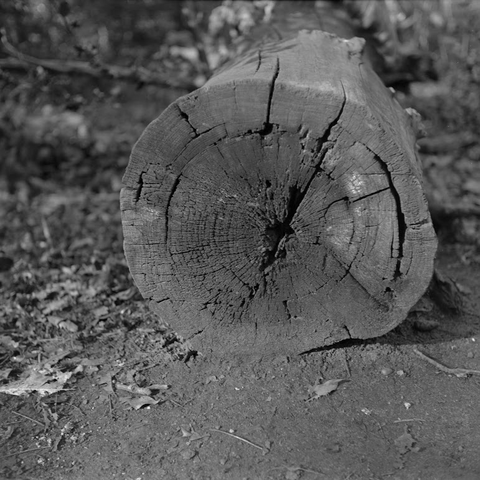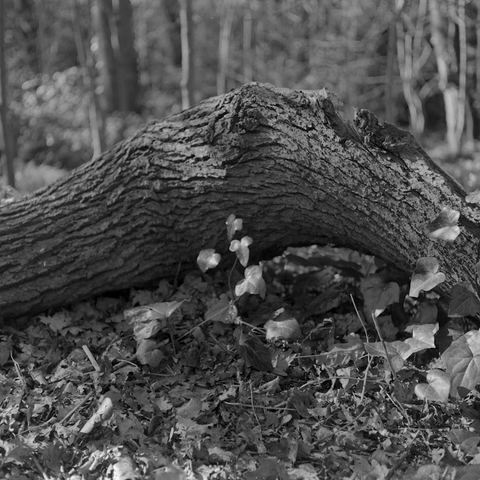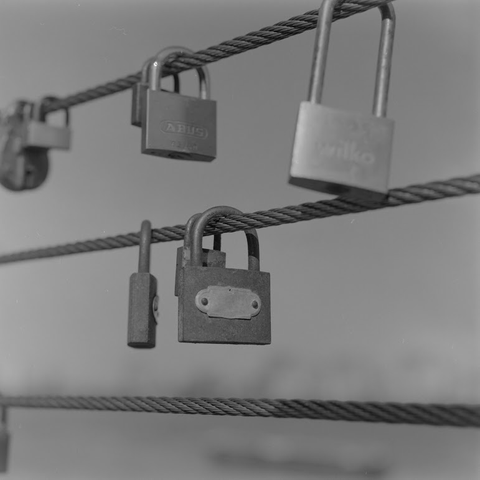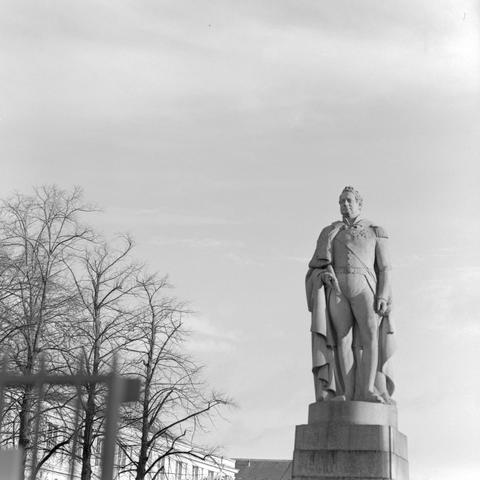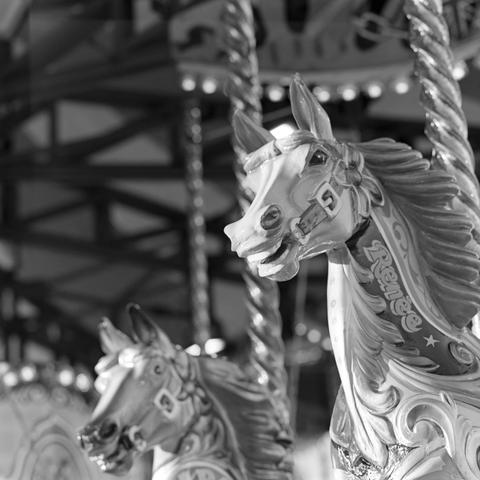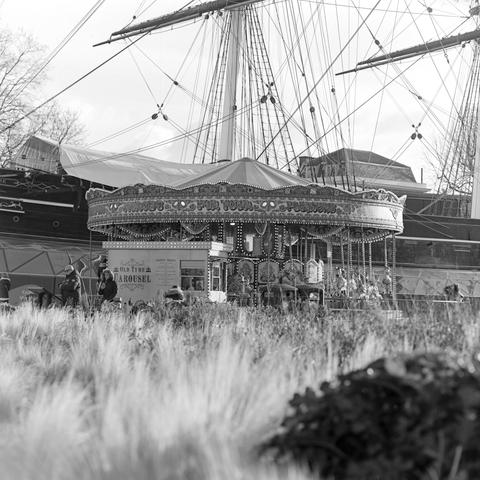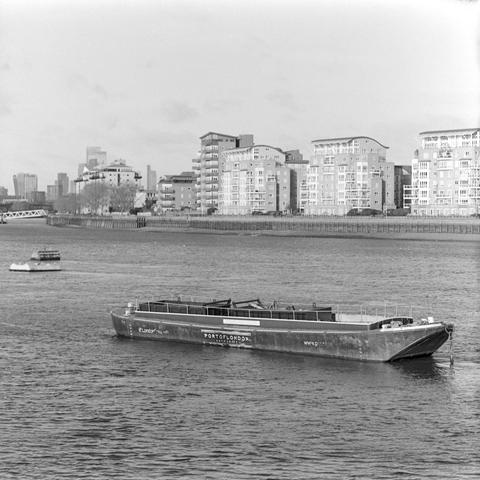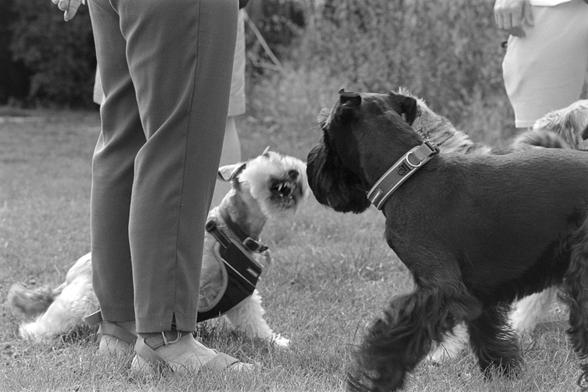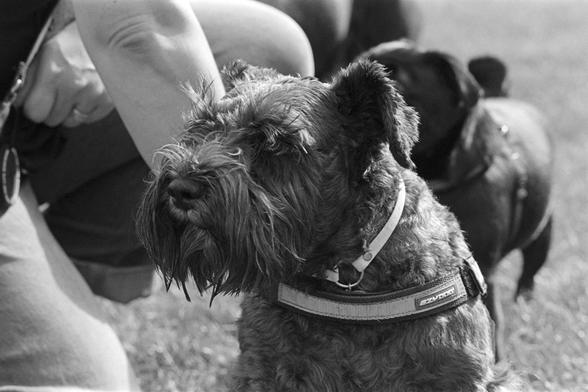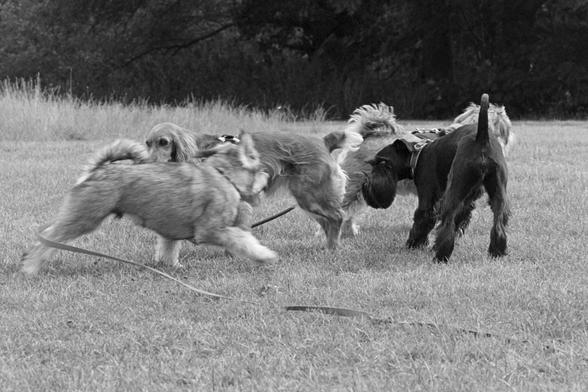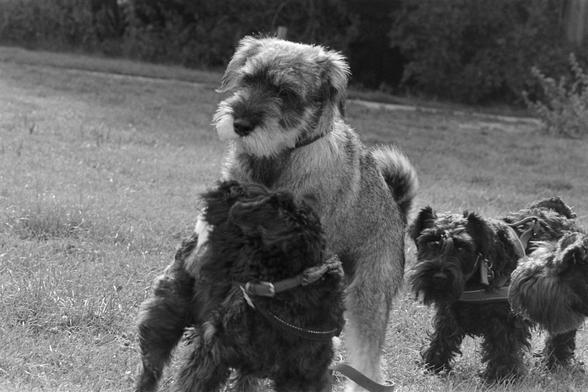I had a go at guessing a time for #Kentmere200 in #PyrocatHD (actually #PyrocatHDC). Based on my hp5 and fp4 times being near the id11 1+1 time, I went for a base time of 9 mins (they list id11 1+1 as 8m45s). Decided to try minimal agitation so my first attempt was 13m30s, inversion for 1m at start, then 10s every 3m. For a starting point the negs look great!
#PyrocatHD
Some (non dog) pics from my last rolls (don't hate on me, dog pics coming too).
Annoyingly this scan has made me realise that I have a serious problem in my #darktable conversion flow that is causing some out of gamut pixels. Not a major problem, but I need to work it out.
There's not much to choose between the #MinoltaAutocord and #MPPMIcroFlex lenses. Both lovely more than sharp enough for my eyes, and both give lovely focus fall off.
@heikor @petrimarkkanen give #HalfFrameClub some love! Not to mention a lot of us use tags for specific films (e.g. #IlfordHP5 , #IlfordFP4, #HarmanPhoenix200), and even developers (e.g. #510pyro #PyrocatHD #FX55 ). You want to get niche, we can get niche!
Some photos from around #Greenwich
I should probably throw in some #DogsOfMastodon too!
#BelieveInFilm #ilfordhp5 #PyrocatHD #OlympusOM1 #MiniSchnauzersOfMastodon
Some pics from recent rolls. Not sure if I overdeveloped these. Everything came out very high contrast. #IlfordHP5 #PyrocatHD, 20c for 14m. This is down from my original 17m time, but I feel like I could still lose a couple of minutes (or maybe I need intermittent agitation instead of ilford?). Also, #darktable is (IMO, stupidly), deprecating the auto level module in favor of the rgb laevels which can't actually "auto" (you have to click the button for every image). Ruined my existing neg style
#AndTheyLaughedAtTheTurkeys has gotten off to a slow start this year. The Sun had gone on strike in solidarity with its feathered comrades.
No light leaks!
I really do like #IlfordPanF
Old faithful
Pretty in its own way...
This one was fun, put the flower in a shot glass, and on a large sheet of white paper for the background.
If Daisy fancies another dog she tends to introduce herself with a run up and some quite bossy shouting so that they know who is in charge from the get go.
#HalfframeClub #IlfordHP5 #OlympusPenFV #PyrocatHD #DogsOfMastodon
If you don't like #DogsOfMastodon photos you had best mute me for a while!
This is Lara, she's the super model of our monthly Schnauzer walk (it helps that her paw-rent is a pro dog groomer).
I'm not sure I ever believe in phrases like "3d pop", but the zuiko 100mm makes for a lovely portrait lens.
In case anyone cares why that would be, VC (variable contrast) papers have two emulsions, a very low contrast one, sensitive to only green light, and very high contrast one, sensitive only to blue light. The actual contrast of the paper is then controlled by a mix of green and blue light used to expose the print.
#PyrocatHD is a staining developer, which means it not only develops the latent image, but it also stains the gelatine brownish. The density of the stain is proportional to the amount of silver, so it’s most intense in the dark areas of the negative (the highlights of the print). The brownish colour blocks blue light, so it reduces the print contrast, but because the density varies with the density of the negative, it has almost no effect in the shadow areas, but a pronounced one in the highlights. This makes it possible to print at high overall contrast without wrecking the highlights.
The basic problem in the analogue process is that the paper print has a dynamic range of only about 5 stops (this is to do with the fact that prints reflect light, rather than being backlight like screens). The film negative has a much greater range, easily 10 stops, but at the end of the day, the dynamic range of the scene needs to be transformed into the 5 stops the paper can handle. So if the scene is high contrast, it needs to be printed on low contrast paper, and if it's low contrast, it needs be printed on high contrast paper.
But printing at either extreme comes at a cost, at very low contrast it's hard to get the blacks black, and at high contrast, highlights get wrecked, so the usable range of contrast to produce satisfactory straight print is not that big, and you end up having to work around that dodging and burning, and making lot of mistakes, and spoiling lot of paper (when you are doing 16x20 print needing five exposures and get the grade filter wrong for that final burn, it quickly gets very expensive, as well as time consuming).
My own photographs, because of what and where I photograph often tend to capture predominantly low contrast scenes, which means printing at high contrast. The brownish stain means I can leverage even the top end contrast of the paper (grade 5) to get separation into shadows and mid tones, without destroying the highlights. And specifically the Fomapan 100 negatives developed in PyrocatHD are, for my purposes, extremely well matched to the characteristics of the Fomabrom Variant papers.
